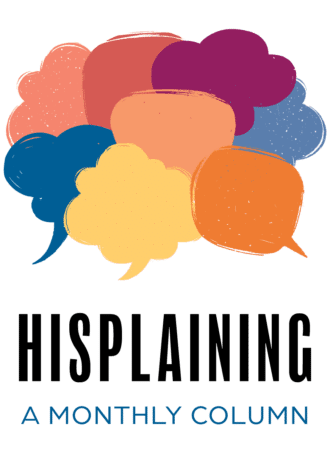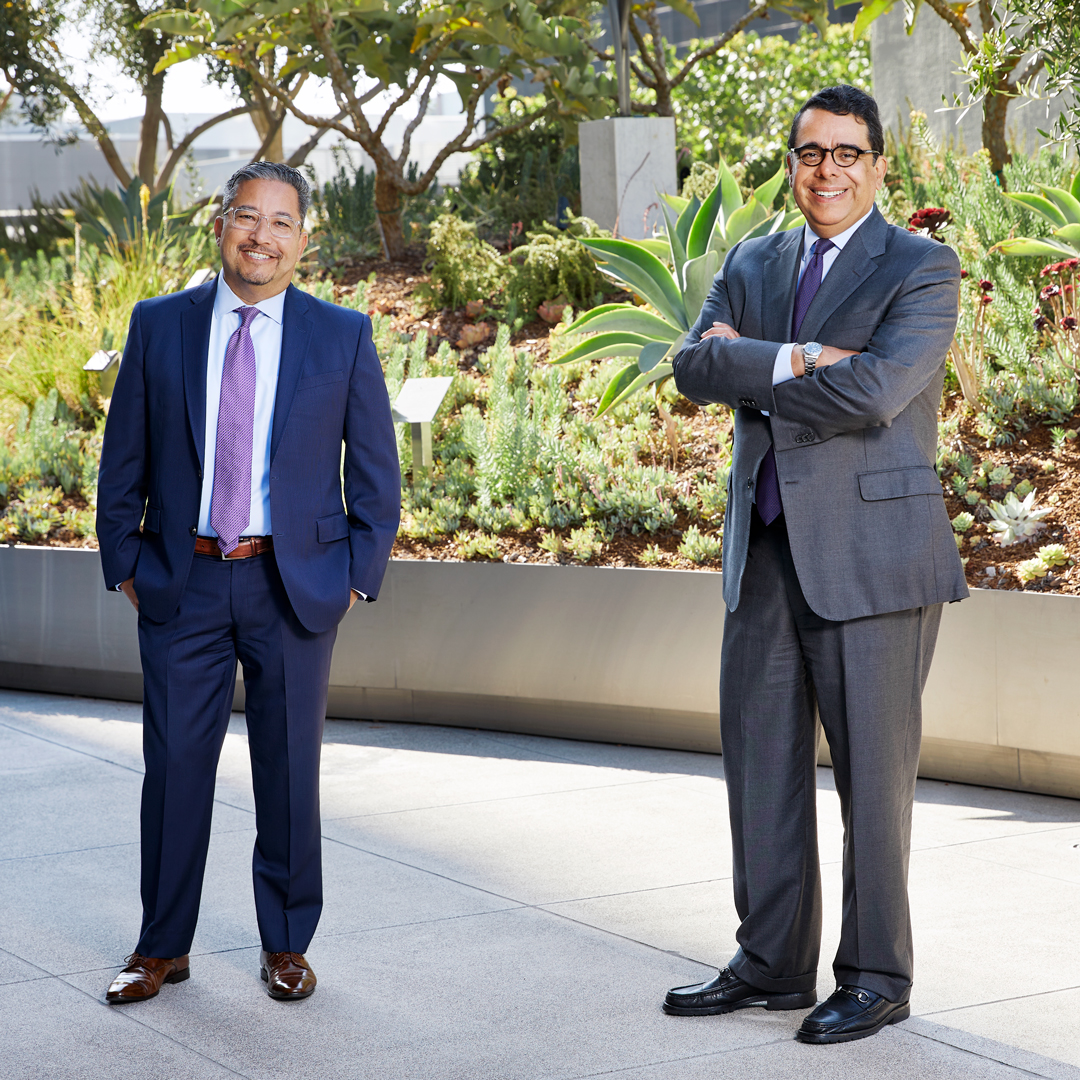
Janet González Tudor has worked for as long as she can remember. Before she was of age, the first-generation Mexican American was hustling up gardening, landscaping, and babysitting work from her neighbors. “I’ve just always loved the idea of working and hustling,” González Tudor says. “My parents had limited funds, and they gave me what they could financially while coupling what they gave with lots of love and support. Nevertheless, I always found a way to get a little more for my piggy bank.” It’s the kind of mentality that usually lands someone in the finance or banking industry, but González Tudor had much larger plans in mind.
“When I started undergraduate classes at Arizona State, I began in architecture, but I pivoted to urban planning and design,” González Tudor explains. “I was fascinated by how communities functioned and evolved. Growing up in the Chicagoland area gave me the opportunity to see the zenith of urban planning, design, and architecture, while also seeing the clear class discrepancies in how the region was essentially segregated, and I think it really influenced my direction.”

Now at HDR, a global professional services firm that specializes in engineering, architecture, environmental, and construction services, González Tudor can realize the macro-scale change she always dreamed of. As director of transportation operational resiliency, she serves all transportation markets—leveraging her team’s strengths in economics and funding, sustainability, value engineering and risk management, strategic communications, and resiliency. She has left her imprint all the way from Phoenix to Washington, DC, and abroad.
Two of González Tudor’s most influential projects were a starter light-rail transit project in Phoenix, Arizona, a city that hadn’t seen a streetcar since Eisenhower was in office, and (slightly overlapping in schedule) a streetcar rail line in Tucson. She gained extensive experience leading community meetings with small businesses affected by the projects.
In Phoenix, she sought input, made sure those businesses were aware of the construction schedule, and worked to mitigate any potential issues. “The beauty of being in a city with weather like Phoenix is that construction was occurring almost twenty-four hours a day,” González Tudor remembers. “That felt like my pivot from community land use planning towards more holistic urban infrastructure and transport planning and implementation work.”
Community engagement is clearly both a passion and a strength for González Tudor. While on a streetcar construction project in Tucson, she interfaced with local businesses, a community liaison group, a technical advisory committee, public artists, transit-oriented development partners, and the station architecture team. But one community still stands out today—the Arizona State Schools for the Deaf and the Blind, which was going to be affected by the new construction. “The students would be housed along what was going to be the future streetcar line corridor,” González Tudor explains. “It was important for us to get together with them and everyone else and make sure we listened to their needs and understood their perspective during planning and construction.”
González Tudor was proud to be able to make a positive impact on both cities’ transportation systems as well as on segments of the population that are far too often left out of important dialogues when it comes to implementing equitable, inclusive, and community-focused infrastructure.
Involving those affected by construction is a priority across all of HDR. That listening is a critical part of the National Environmental Policy Act (NEPA) process for infrastructure projects being led by HDR teams across the country. First introduced in the 70s, the goal of NEPA, González Tudor explains, is to make sure projects have accountability for the federal funds they receive. Projects must provide a service to the communities where they are built, must represent the needs of community members, and measures must be included to provide for environmental justice-focused solutions that influence the communities positively and leave them better positioned for success.
González Tudor is passionate about inclusion. “You learn that in order to be successful in implementing infrastructure change, you absolutely have to engage the entire community and formalize partnerships at many levels. The earlier you plan for engagement, the better off you will be.” And it’s more than just her personal belief. HDR commits to working with minority-owned businesses, women-owned companies, and community-based organizations not just to ensure equity but to further benefit the communities they’re helping to grow.
Over the last year, González Tudor says she’s also been heartened by HDR’s continuing evolution on diversity and inclusion initiatives. Prior to the COVID-19 pandemic, HDR hired its first diversity and inclusion director to continue to push conversations about inclusion and equity, as well as continue to build out internal employee resource groups for veterans, LGBTQ+, Black colleagues, Latinx colleagues, and women.
“As a Latina, I believe the social movement that started in 2020 has essentially given under-represented groups, such as women, people of color, and those in the LGTBQ+ communities, a platform to talk about their career experiences and weave their own personal stories into solution-oriented recommendations,” Gonzalez Tudor says. “It was an important year to revisit and finesse conversations around inclusion and diversity, and the messages from our CEO and leadership-on-down make me feel proud about this organization.”
Janet Gonzalez Tudor further emphasizes the impact of HDR’s new D&I director:
If González Tudor’s tenure at HDR isn’t proof enough of her passion for her work, one need only hear her talk about her career, community involvement, and volunteer activities. Her leadership as a mentor to many within her organization, but also within the community, is a “non-negotiable,” as is her involvement with organizations such as the Women in Transportation Seminar, Working in the Schools, Metrosquash, the Conference of Minority Transportation Officials, and her role on the board of directors for the American Public Transportation Association. She believes, with every ounce of her being, in the power of public transportation and access for all.
“Public transport is the mode that’s nearest and dearest to my heart because it’s what enables somebody to be successful and can change the trajectory of their life. It’s what gets them to school or to work; it can give a person who may not have any other way a means to connect with others,” González Tudor says. “What’s more meaningful than that?”








